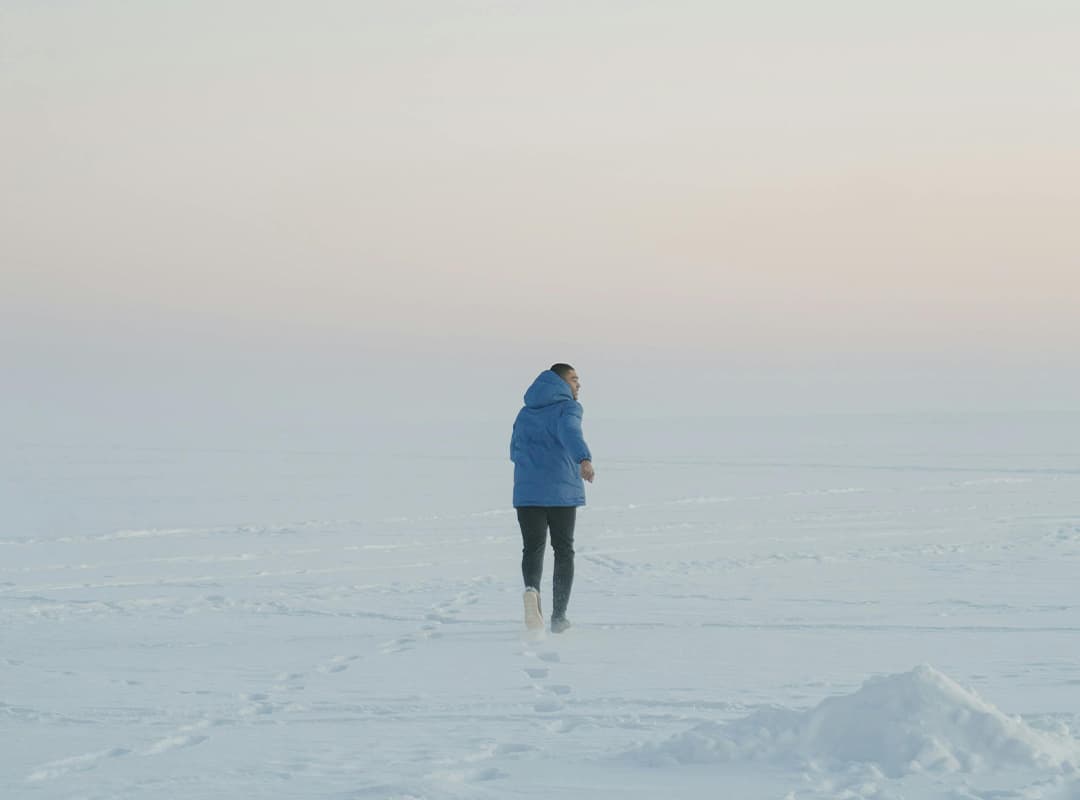If you ask 10 random passersby: “Is it possible to run outside in winter?” – we will get a variety of opinions. Some will be categorically against it, while others will tell you how to run in winter and get the most out of it.
What scares you about winter running?
Running in winter seems like a dangerous activity. Let’s list the most common fears. First of all, the increased risk of catching a cold is frightening. While running, we swallow cold air, and there is a risk of hypothermia of the upper respiratory tract.
Massive warm clothing helps to keep you warm in sub-zero temperatures. Such equipment makes the body sweat excessively. If a breeze blows, there is a risk of getting sick.
Another danger is the risk of injury. It’s easy to slip on rolled snow or ice.
Benefits of running in winter
With the right running technique and proper equipment, jogging in winter is much more beneficial than in any other season.
Features of the air
Cold winter air has unique properties.
As the temperature drops, the density of the air increases, it becomes narrower and heavier. Consequently, the oxygen concentration in such air is higher.
The brain, muscles, and other organs receive more oxygen, which means that processes in the body are faster.
The benefits of the surface
The snowy surface also has advantages.
The first is a guarantee of correct foot placement. When running on a flat surface, it is difficult to notice landing on the heel or toe, throwing the foot forward;
Running in the winter for beginners in the snow allows you to avoid mistakes in foot placement – there is a risk of losing balance and slipping. There is an instinctive reliance on the arch of the foot, placing the foot under the pelvis (center of gravity). This is the correct running technique;
The need to maintain balance, unevenness of the surface, uneven density of snow is an excellent training of the foot stabilizers, leg muscles, ligaments, and joints. The calf muscles, buttocks, thigh muscles, back muscles, and abdominal muscles are actively involved.
Effective weight loss
One of the advantages of winter training is rapid weight loss;
The body spends energy on physical activity and trying to warm up quickly. Therefore, much more calories are burned.
Did you start running in the summer with the goal of losing weight, but didn’t get any results? Winter is a great opportunity to try your hand at it again!
How not to get sick and take care of your body
Is it possible to run in winter and feel completely safe? Simple tips will help you stay healthy.
Proper breathing
Are you afraid of cooling your lower respiratory tract with cold air?
We hasten to reassure you – it is difficult to achieve this effect for several reasons.
While running, your breathing is frequent and shallow. A shallow breath takes only 10% of the total lung volume and cannot harm them;
Due to the low air temperature, we reflexively breathe more shallowly than in summer;
The air heats up as it passes through the nasal mucosa. The lungs are filled with exclusively warm air.
The correct breathing technique is as follows:
Inhale – through the nose and mouth at the same time (preferably through the nose);
Exhale – deeply, through the mouth.
Skin protection
It is important to take care of the skin of exposed areas of the body – face, neck, ears.
To protect the skin from frostbite at temperatures below -10-20°C, apply a greasy cream, ointment, or oil on the surface.
It is important to follow a few rules:
- Apply the cream 10 to 20 minutes before you go out so that it has time to absorb;
- Do not use a moisturizer. Its components can freeze, damaging delicate skin;
- Apply the ointment to warm skin.
- If necessary, apply the cream to vulnerable areas of the body. For example: lower back, back, arms, individual joints.
Protecting areas of increased heat transfer
Certain areas of our body have increased heat dissipation. For example, hands, ears, neck. Running outside in winter may seem comfortable, but these areas will still cool faster.
How to protect yourself from frostbite: – Wear extra insulation!
- Cover your ears with a hat (preferably made of technological synthetic material), or buy a buff (a special headband used as a hat or scarf);
- The same buff will protect your neck well from the wind;
- Insulate your hands with gloves with windproof inserts or mittens. The latter retain heat better due to a layer of air.
Warm up before training
Warming up your musculoskeletal system will help you prepare for a run in winter. It is not advisable to exercise outside. Warm up at home before going out. If the start is far from home and this is not possible, warming up on the street while moving is acceptable.
Simple exercises will help you warm up – squats, lunges, body rotations, and mandatory foot warm-ups. Try not to sweat. If your clothes get wet after exercise, be sure to change!
